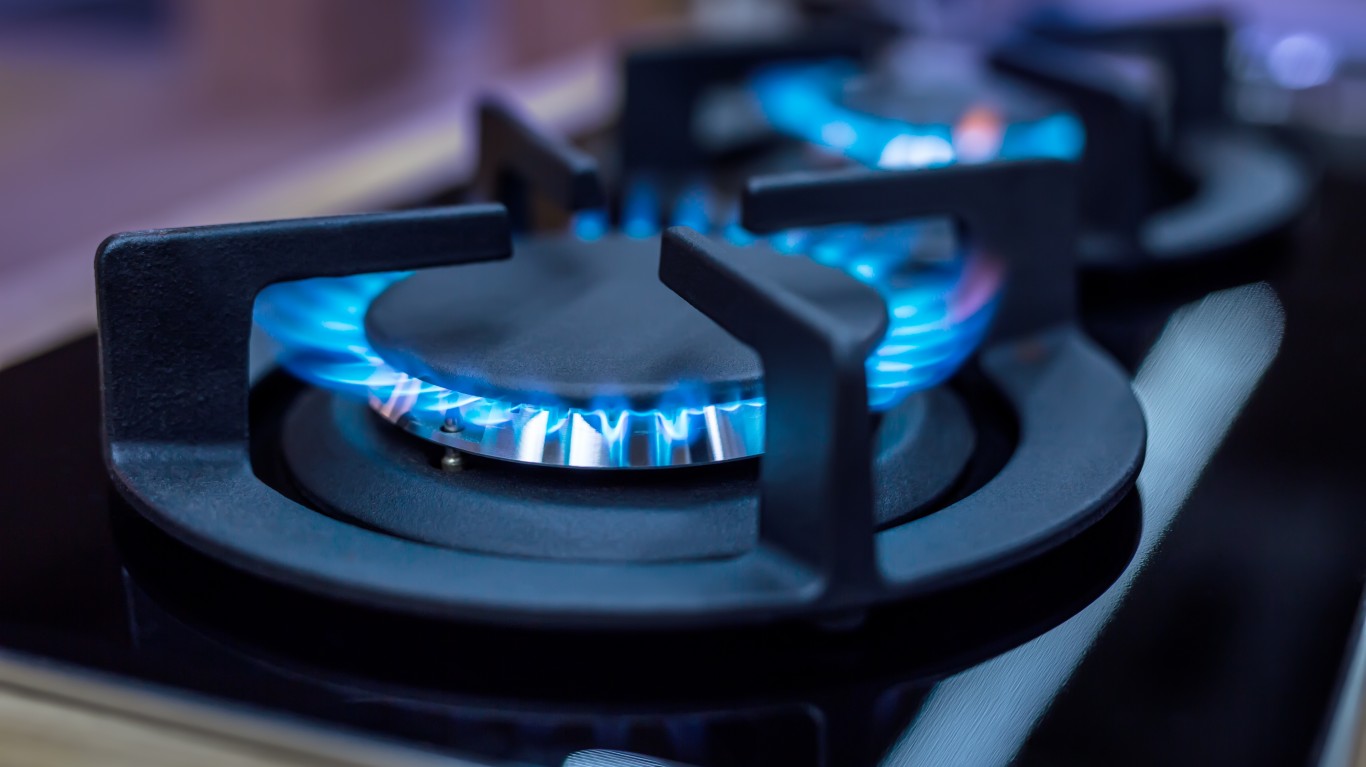Energy
Why Your Cooking Is Bad for the Environment and How to Make It Better

Published:
Last Updated:

If you’re concerned about the health of the world around us, you’ve probably already adopted certain measures to help minimize your negative impact on the environment — turning off unneeded lights, taking shorter showers, taking reusable bags to the supermarket, and so on.
But something most of us do every day has environmental consequences, too: cooking.
Cooking is generally defined as the preparation of food by the use of heat. Of course generating heat requires an expenditure of energy, which in turn creates a carbon footprint — the emission of greenhouse gases due to human activities.
This is inevitable. Unless our kitchen runs entirely on wind or solar power, we can’t cook without burning fossil fuels at some point in the process. It’s little wonder that few U.S. cities are meeting their clean energy goals.
However, there are a number of things we can do to minimize the effects of our food preparation on the world around us.
To begin with, other than wood fires, gas ranges offer the least efficient use of energy, because a lot of what is generated doesn’t get transferred to the food. The cooking efficiency of a gas range is about 40%, compared with 74% for electric. Better than both, however, are induction cooktops, which are 84% efficient.
No matter what heat source you use, however, these energy-saving strategies are worth remembering:
The last few years made people forget how much banks and CD’s can pay. Meanwhile, interest rates have spiked and many can afford to pay you much more, but most are keeping yields low and hoping you won’t notice.
But there is good news. To win qualified customers, some accounts are paying almost 10x the national average! That’s an incredible way to keep your money safe and earn more at the same time. Our top pick for high yield savings accounts includes other benefits as well. You can earn up to 3.80% with a Checking & Savings Account today Sign up and get up to $300 with direct deposit. No account fees. FDIC Insured.
Click here to see how much more you could be earning on your savings today. It takes just a few minutes to open an account to make your money work for you.
Thank you for reading! Have some feedback for us?
Contact the 24/7 Wall St. editorial team.